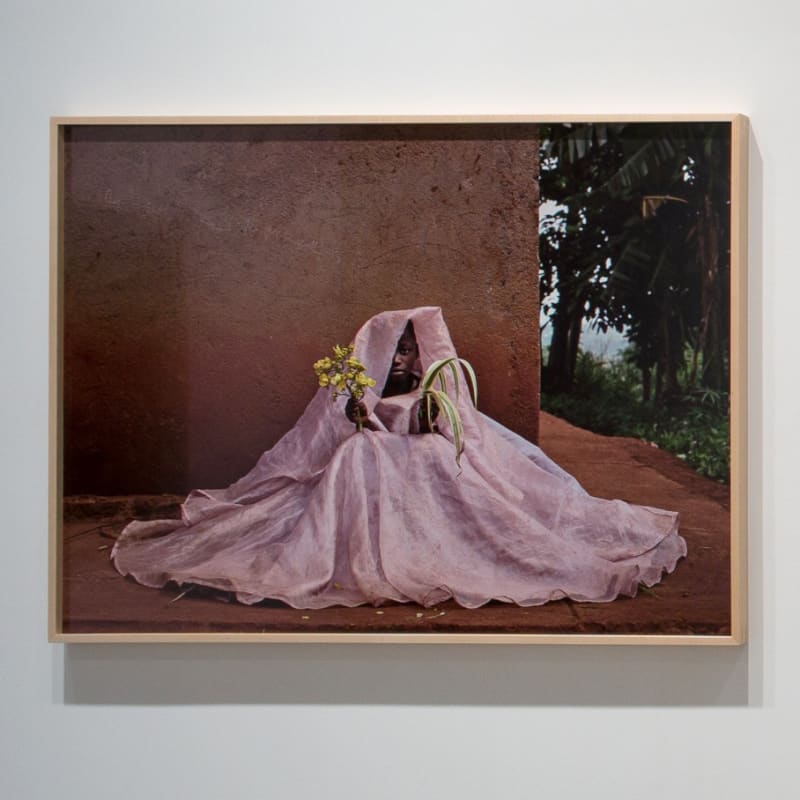The "born free" generation of South Africans-those born after the fall of apartheid in 1994-has recently come into the limelight as protest movements such as #FeesMustFall or #RhodesMustFall have swept university campuses and city streets. The country's youth have rallied against the intensification of economic disparity and the lingering effects of historical traumas. As time passes, the Mandela-era dream of the "rainbow nation" seems to slide further away.
South African photographer Pieter Hugo offers a more enigmatic vision of this generation with his series "1994," 2014-16, employing portraiture as a means to signify, however obliquely, the immense cultural transitions it has witnessed. While the eldest born-frees are in their twenties, Hugo's subjects are younger children, some mere toddlers, from both South Africa and Rwanda (where 1994 marked the unspeakable horrors of genocide).
Hugo is lauded for his disquieting, almost feral aesthetic; he has photographed those on the fringes of society throughout southern and West Africa. Here, though, the work is somewhat more metaphysical: Children are made archetypes of contestation, survival, and hope. They face the camera, seated or recumbent, posed within verdant landscapes or against the looming edifices of rural schools. One of his most arresting images, Portrait #3, Rwanda, 2014, shows a Rwandan girl, draped head to toe in pale-pink fabric, seated on the ground. She gazes forward solemnly as she extends a flower branch and a green frond. Elsewhere, boys and girls in oversize soiled frocks recline against grass and dry earth or pose near mossy trees. These settings invoke the unpredictability and even the cruelty of wilderness, while the children's clothing, mostly donated from Europe, locates them within a discordant contemporary moment. The photographer's gaze is inquisitive and searching-his subjects respond with an onerous sense of clairvoyance.

